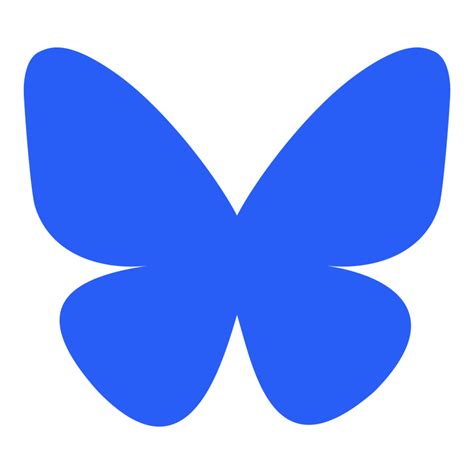View this post on Instagram
Unmasking.
Too strong a word, perhaps. Senseless even—meaningless—unless you strip the prefix, unless you remove something that never truly belonged.
But what is it we’re removing?
Not cloth. Not soil. No, these layers are made of trauma. Years of unsaid words, stacked hurts, feigned smiles, ghosts burned but never buried. Unseen, shadowy thoughts; blurry handwriting on walls—visible, yet neglected.
It’s not healing we’re taught, but concealment. A craft. A beautiful embroidery, sewn tightly, covering wounds left to rot beneath.
We call it composure.
Society calls it strength.
But really, it’s a mask.
It’s the language of our time. The soundtrack of our culture. This masking—this polishing—is deep-rooted, reinforced by generations. It’s admired as discipline, as success, as maturity. We clap for the one who never breaks, not realizing they’re broken within.
And we dare not ask: What lies behind that mask?
But eventually, quiet voices and silent winds rise.
They become noisy. Disturbed. Angry. And we label them: “They’re too emotional,” “They’re narcissists,” “They’re unstable.”
What was once a quiet cry is now a scream. But we don’t listen. We diagnose.
The truth is, removing a mask worn for so long is not a reveal—it’s a reckoning.
You don’t take it off. You dig it out. You unclog layers upon layers—feathers, fabric, flesh. Think of the wounds underneath—stinking, pulsing, still raw.
The inner voice resists:
“Don’t do this. Look at you now—ugly, scarred. Here, take this. Lock it tighter. Apply a filter. Swallow it down.”
But the mask no longer fits.
And now, the pain leaks through the seams.
This isn’t just metaphor. It’s the lived experience of a child growing up in dysfunction. It’s the person in a toxic relationship who’s learned silence as safety. It’s the bullied kid, overwhelmed and alone. It’s the boy or girl with a full toy room but no one asking, “How was your day?”
We call it none of our business. But maybe it should’ve been.
Yet those who failed us were once failed themselves.
The “what can I really do?” generation were once children, asking that same question with no answers.
So they adapted.
They danced to the rhythm of repression. They carried wounds so well we forgot they were carrying anything at all.
And the cycle continues.
Pain repackaged as perfection. Trauma disguised as temperament.
Invisible wounds passed down like heirlooms.
So how do we break it?
How do we detach a mask woven so deeply into our identity, reinforced over time until it became indistinguishable from self?
We don’t just remove it.
We unstitch it.
And that is not healing—it is a kind of death.
To expose the open wounds, to face the scars, the odor, the grotesque, and then be told, “Now heal.” As if we weren’t sick all along. As if we didn’t slay the inner child ourselves—knife in hand, blood on our tongue.
Still, the cycle must end.
And it ends with us.
Even when we don’t know where to start.
Even when every thread we pull stings.
Even when unsewing this mask disturbs every structure we once thought stable.
Because somewhere in the unraveling, we might finally meet ourselves—unfiltered, unafraid, undone.
~
 Share on bsky
Share on bsky

Read 1 comment and reply